The Selective Outrage Of Judge James Boasberg
Below is my column in The Hill on two controversies involving Chief Judge James Boasberg this week in Washington, D.C. Both involve claims that branches undermined or intruded on the authority of another branch. However, these separation-of-powers conflicts produced strikingly different responses from Judge Boasberg. It seemed that the court’s concerns depended greatly on whose ox was being gored in a tripartite contest.
Here is the column:
For months, District Court Chief Judge James Boasberg has been very much in the news.
This spring, he issued a 46-page decision finding that the Trump administration may be in contempt of court for violating his order to return flights of deportees being sent to El Salvador.
In that ruling, Boasberg insisted that it was essential for him to know the facts on whether “officials of a coordinate branch” had undermined judicial integrity.
After all, nothing short of the separation of powers was at stake. This week, Boasberg announced that he was moving forward without further delay to ferret out who was responsible for the alleged violation.
That message, however, has now been undermined by another Judge James Boasberg, who is in the news this week as part of the controversy over the Justice Department’s acquisition of telephone records of leading Republican members of Congress.
Boasberg had imposed a gag order on telephone companies to prevent them from informing Congress that the executive branch was snooping on who had been in contact with them.
These two James Boasbergs seem as different as the two Jeffrey Epsteins referenced this week by Rep. Jasmine Crockett (D-Texas) — one a presumably respectable medical doctor, the other a deceased sex offender. However, to use Crockett’s formulation, it was indeed “that James Boasberg” in both cases.
The growing scandal over the seizure of telephone records of Republican members of Congress by former Special Counsel Jack Smith has continued to grow with new disclosures. This includes revelations that Smith obtained of records for former Speaker of the House of Representatives Kevin McCarthy (R-Calif.) and House Judiciary Chair James Jordan (R-Ohio).
It is difficult to overstate the gravity of this intrusion into the legislative branch. These records can reveal whom members spoke with and when such calls took place. It can reveal communications with journalists, whistleblowers, and others speaking confidentially with representatives. It can also reveal embarrassing information about members from their personal numbers.
The gathering of such information without an obvious good cause can potentially deter members in confronting the Justice Department, which is notorious for leaking information against critics and targets.
Ironically, such leaks are at the heart of investigations led by the very targets of these orders, including Jordan and Sen. Chuck Grassley (R-Iowa). It also included McCarthy, the person second in line for the presidency, who could ultimately assume authority over the Justice Department under the Constitution.
The demand under Operation Arctic Frost was unprecedented in scope, with dozens of subpoenas going to such carriers as Verizon and AT&T. Nineteen such orders for these telephone records were accompanied by judicial nondisclosure orders for subpoenas signed by Boasberg. While commonly issued, these nondisclosures have long been controversial. It did not seem to matter that the Justice Department was targeting the very members exercising oversight over investigations into its own previous abusive use of investigatory powers.
It is still not clear for what crimes these members were being investigated. The order on Jordan in 2022 covered two prior years.
Not surprisingly, some Democratic apologists such as Rep. Dan Goldman (D-N.Y.) immediately dismissed the gravity of such demands by the Justice Department. However, other Democrats have expressed alarm over the intrusion into such communications.
Sen. Chris Coons (D-Del.) stated, “On the surface of it, it would strike me as a significant invasion of the right of Senators to conduct their jobs, so this is something that needs urgent follow-up.”
Indeed, the move by Judge Boasberg shattered the very rules of engagement between the coequal and “coordinate branches” that the same Boasberg has repeatedly raised in his investigation of the Trump administration.
Boasberg signed these orders despite a federal law designed to prevent precisely this type of secret investigation of Congress. Federal law requires that “no law, rule, or regulation may be used to prevent a service provider from notifying a Senate office that data or records have been sought through legal process.”
Just in case there was any doubt, the law further states that “any provider for a Senate office … shall not be barred, through operation of any court order or any statutory provision, from notifying the Senate office of any legal process seeking disclosure.”
However, Boasberg signed orders that prevented the phone providers from informing members of Congress — members who were actively investigating abuses by the Justice Department — that they were now being subjected to precisely such investigations.
There is little question how Congress would have responded. You are seeing it unfold this week. However, they were never told even as they objected to open-ended and abusive investigations of thousands of citizens after the January 6 Capitol riot.
Boasberg was fully aware of those abuses, stretching back to the debunked Russiagate investigation, in which false information had been given to courts to carry out surveillance of Trump associates.
Indeed, it was Boasberg again who ordered the resulting investigation into the false information given to the Foreign Intelligence Surveillance Court as part of the Russiagate investigation. He was criticized for appointing an attorney to assist him, David Kris, whom the Washington Post described as “highly controversial” given his past denials of any wrongdoing by the Justice Department.
The wrongdoing was very real. An attorney at the FBI ultimately pleaded guilty to lying to the court in an effort to justify surveillance. Others were fired after Inspector General investigations exposed their abuse of investigatory powers.
Despite that history, Boasberg gagged phone carriers from informing Congress of the seizure of the telephone records of key Republican members overseeing investigations of the Justice Department.
I do not support the calls for Boasberg to be impeached, but his role in this scandal cannot be ignored. He not only enabled this abusive effort but also expressly told these companies not to reveal the demands to anyone.
None of this means that there are no legitimate questions raised about the failure to comply with his orders on the El Salvador flight. But Boasberg’s separation-of-powers concerns seem strangely selective, depending on whose powers are being usurped.
Jonathan Turley is the Shapiro Professor of Public Interest Law at George Washington University. He is the author of the bestselling book “The Indispensable Right: Free Speech in an Age of Rage.” He has also represented the House of Representatives in court.
Tyler Durden Mon, 11/24/2025 - 15:05









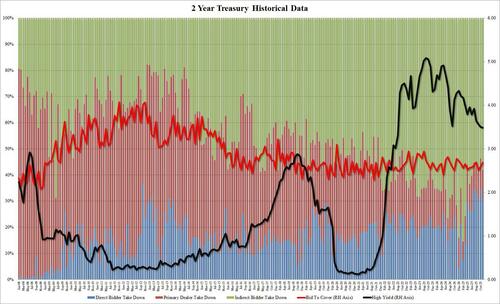
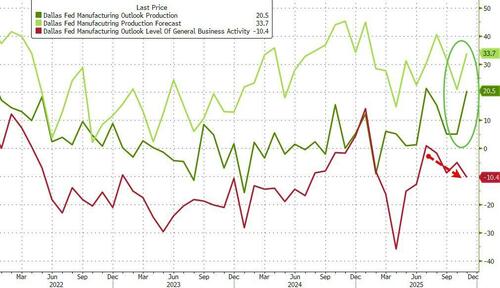



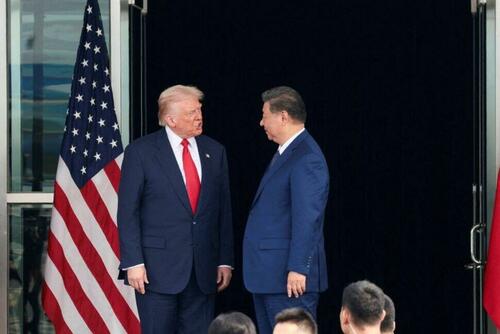 Via Reuters
Via Reuters
 These are 'fighting optics': Defense Minister Shinjiro Koizumi speaks to reporters after inspecting the Ground Self-Defense Force garrison on Yonaguni Island, Okinawa Prefecture, on Sunday. Source: JIJI, Japan Times
These are 'fighting optics': Defense Minister Shinjiro Koizumi speaks to reporters after inspecting the Ground Self-Defense Force garrison on Yonaguni Island, Okinawa Prefecture, on Sunday. Source: JIJI, Japan Times US President Donald Trump arrives on the South Lawn of the White House on November 22, 2025.North America/Getty Images
US President Donald Trump arrives on the South Lawn of the White House on November 22, 2025.North America/Getty Images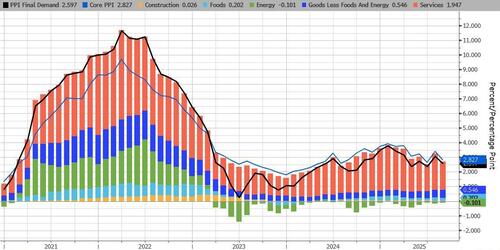

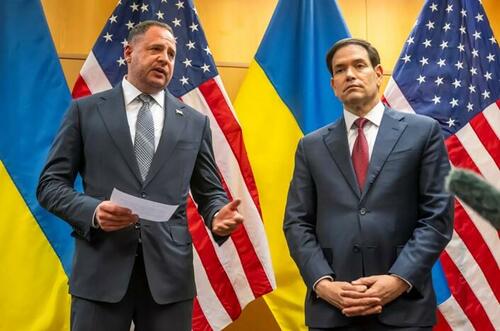 Head of the Office of the President of Ukraine Andriy Yermak, right, and US Secretary of State Marco Rubio, in Geneva on Sunday. via AP
Head of the Office of the President of Ukraine Andriy Yermak, right, and US Secretary of State Marco Rubio, in Geneva on Sunday. via AP
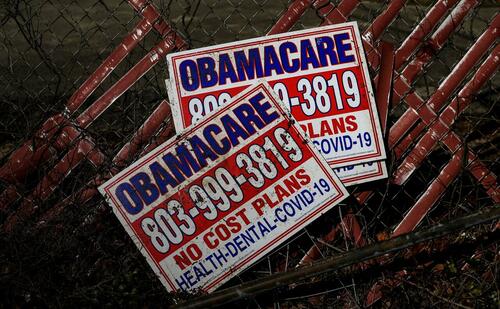

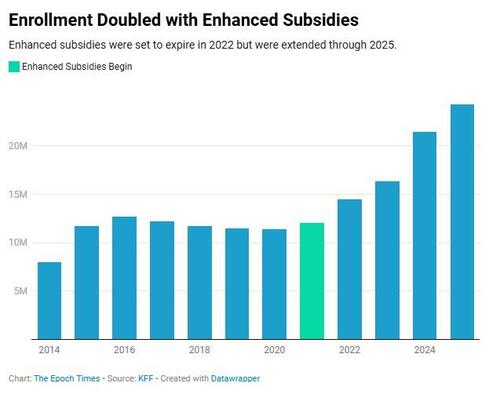
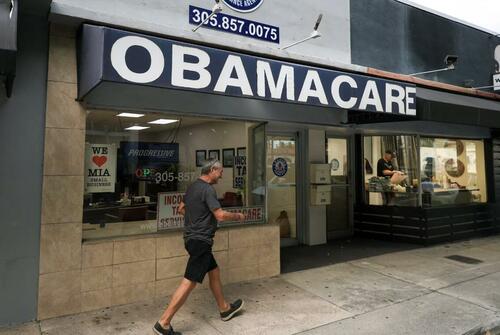



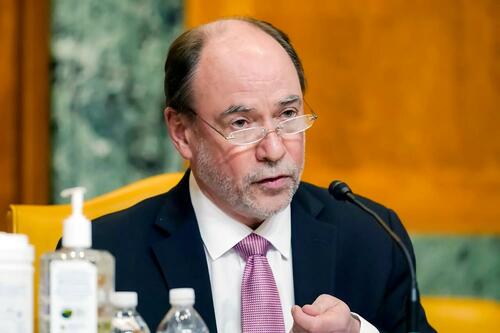

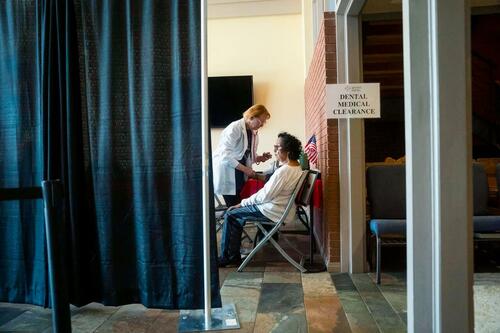
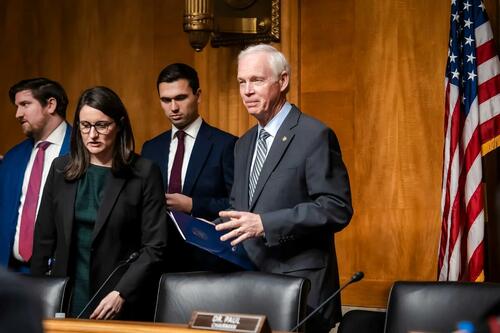
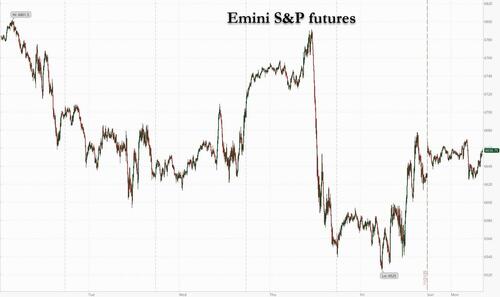




Recent comments